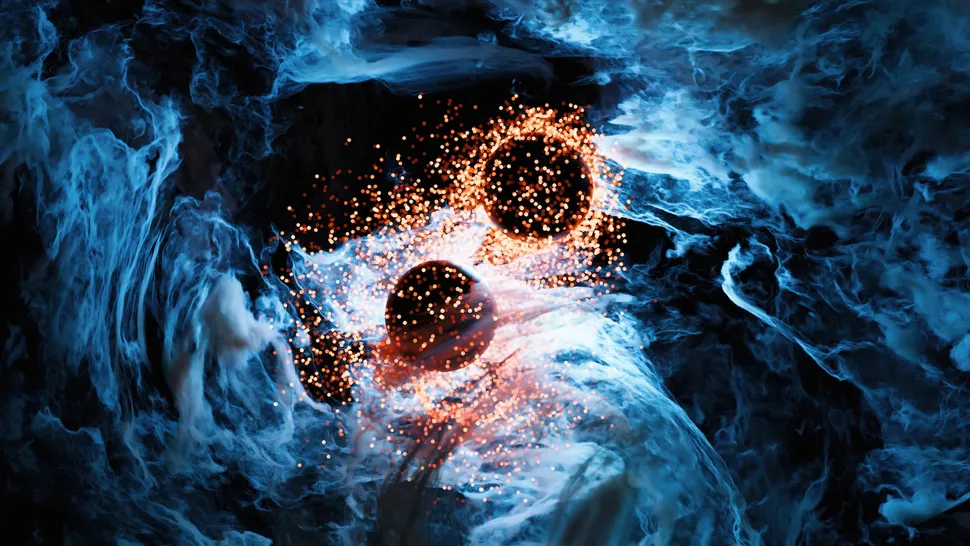
HELSINKI, Finland – In a groundbreaking development, physicists have introduced a novel theory that could finally bridge the gap between quantum mechanics and gravity, potentially disproving aspects of Einstein’s theories.
Immediate Impact
Physicists at Aalto University in Finland have published a paper in the journal Reports on Progress in Physics detailing a new approach to quantum gravity. This theory aims to reconcile the elusive connection between gravity and quantum mechanics without relying on the extra dimensions or speculative features typical of models like string theory.
Key Details Emerge
The core of this new proposal reimagines gravity’s fundamental behavior. While quantum field theory successfully describes electromagnetic, weak, and strong forces, gravity has remained an outlier, traditionally explained by Einstein’s general relativity. This classical theory depicts gravity as a curvature of space-time caused by mass and energy, a concept that often clashes with quantum principles.
“The key finding is that our theory provides a new approach to quantum gravity in a way that resembles the formulation of the other fundamental interactions of the Standard Model,” said Mikko Partanen, co-author of the study.
Breaking: A New Framework
Instead of bending space-time, the new model suggests gravity is mediated by four interrelated fields, akin to those governing electromagnetism. These fields interact with mass similarly to how electric and magnetic fields respond to charge and current. This structure allows the theory to incorporate quantum effects while maintaining consistency with general relativity at the classical level.
Industry Response
The scientific community is cautiously optimistic. The simplicity of the theory, which does not require undetected particles or additional forces, is particularly appealing. “Our theory does not need extra dimensions that do not yet have direct experimental support,” noted Jukka Tulkki, another co-author from Aalto University.
“Any future quantum gravity experiments can be directly used to test any forthcoming predictions of the theory,” Tulkki added.
What Comes Next
Though promising, the model is still in its infancy. Preliminary calculations show consistency, but a complete proof remains elusive. Moreover, the framework has yet to tackle profound questions in gravitational physics, such as black hole singularities or the Big Bang’s physics.
Challenges Ahead
Testing the quantum aspects of gravity poses significant challenges due to its subtlety and weakness compared to other forces. Direct experimental verification is beyond current capabilities, but indirect evidence might emerge sooner through advanced observations.
“Given the current pace of theoretical and observational advancements, it could take a few decades to make the first experimental breakthroughs,” Partanen said. “Indirect evidence through advanced observations could be obtained earlier.”
Background Context
The quest for a unified theory of physics has been a long-standing goal. Einstein’s general relativity and quantum mechanics have been the two pillars of modern physics, yet their incompatibility has driven scientists to search for a theory of everything. This new approach represents a significant shift from previous models, offering a potential path forward.
Expert Analysis
Experts believe that this new direction could open up fresh avenues for research, grounding the search for quantum gravity in the successful frameworks of particle physics. “The theory stays grounded in familiar terrain, which is crucial for experimental testing,” Partanen emphasized.
As the field progresses, researchers remain hopeful that this innovative approach will unlock some of the universe’s most profound mysteries, bringing us closer to a complete understanding of the cosmos.






